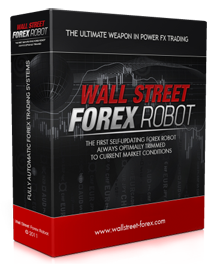|
Expressive commerce
|
|
Expressive commerce is an electronic market paradigm that provides participants with rich forms of communication in order to specify their preferences for items exchanged in a market. Participants make offers (i.e., bid) to buy and/or sell items in the market; these can be any tangible or intangible goods or services. Optimization algorithms are used for market clearing (also called winner determination), that is, deciding who buys what items from whom, at what prices and quantities. Allowing market participants to richly express their willingness to buy and sell items in a form that directly corresponds to their preferences significantly increases market efficiency. This explains the appeal of expressive commerce compared to traditional, inexpressive market mechanisms, e.g., requests for proposal (RFPs) and basic reverse auctions in sourcing. Forms of bidder expressiveness Forms of bidder expressiveness can include: 1) Package bidding, where individual bids can be on multiple items. An auction with package bids is called a . Examples of combinatorial auctions are some radio spectrum auctions , London bus route auctions , and Chilean school lunch services . 2) Flexible package bidding, where a large number of packages can be priced compactly. For example, the package can be defined in terms ratios of item quantities, or ranges of ratios. 3) Various forms of discount schedules, such as volume discounts and tiered pricing. 4) Conditional discount offers, e.g, if my subsidiary is awarded $10 million of business, I will provide a 4% discount. Both the trigger conditions and effects can span multiple items. 5) Business rules such as capacity constraints, temporal constraints, and exclusivity constraints. 6) Multiattribute bidding. The specifications of items can be left partially open, so that bidders can fill in the attributes of each item so as to express alternate items that capitalize on their production efficiencies. Attributes can include quality factors, material selection, payment terms, and insurance terms. 7) Complex cost structures, where the item cost is not simply a number but a function of cost components, e.g., start-up or other fixed costs, and per-unit or other variable costs. For example, the cost of a transportation lane can consist of dozens of cost components. Various expressive commerce platforms support different levels of expressiveness along these dimensions. Forms of bid taker expressiveness Forms of bid taker expressiveness . Benefits of expressive bidding Expressive bidding creates a win-win between the buyer and the suppliers. There are several reasons for this, business-to-business sourcing, , and consumer electronic commerce applications . The term "expressive bidding" is widely used by industry analysts , industry executives , and in day-to-day use in industry itself . Some new applications of expressive commerce are under development in areas such as banner advertising . |
| < Prev | Next > |
|---|
Main Menu
| Home |
| Articles |
| Search |
| Submit Article |
| Contact Us |
| Donate to Wikibin |

